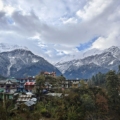A Guide to Darjeeling Tea Plantations & Homestays
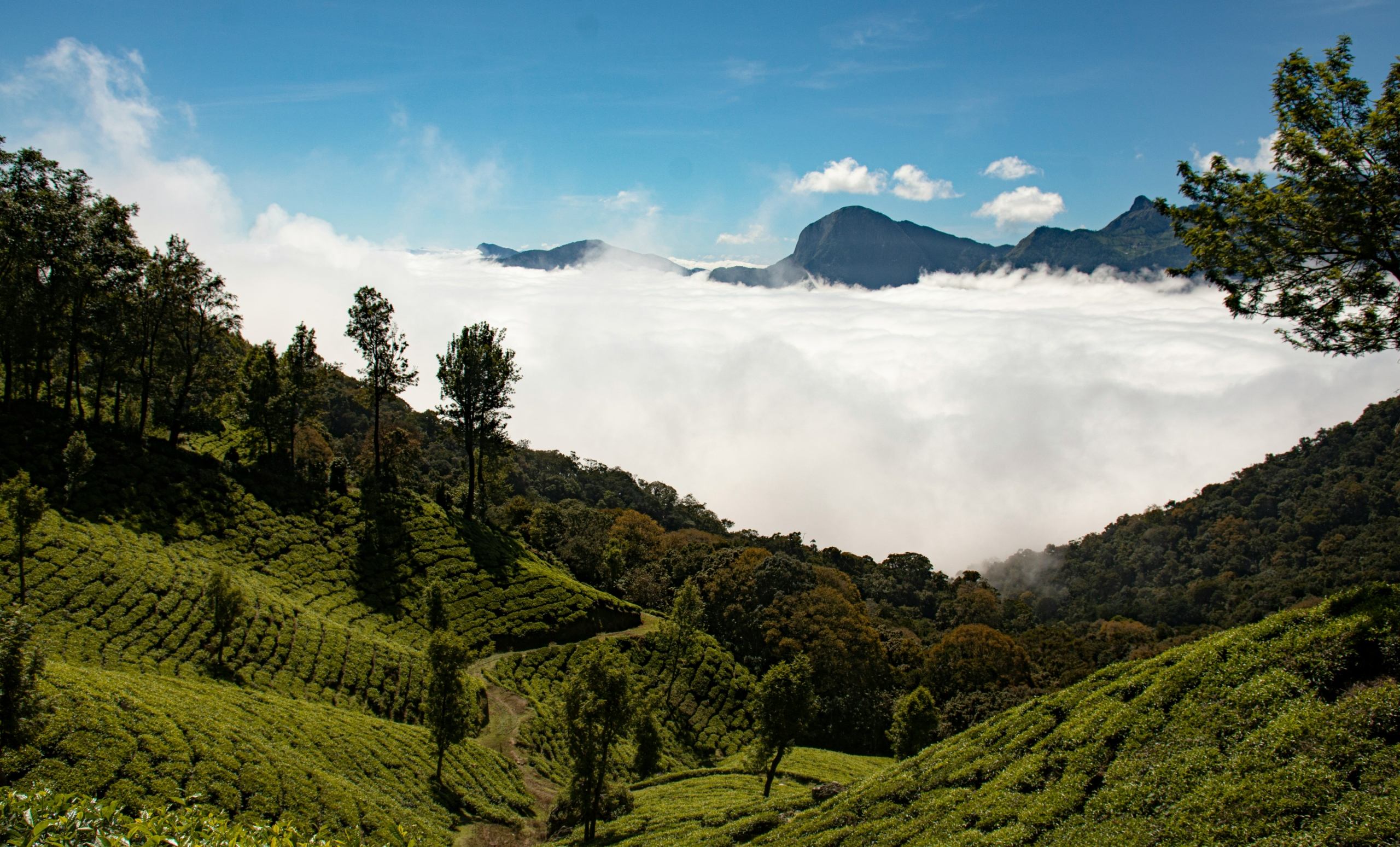
Darjeeling – this very word conjures up a scenario awaiting to be experienced by every traveller. Known for its iconic tea gardens, Darjeeling is a small town along the slopes of the Himalayas adorned with orderly rows of tea bushes, their delicate green leaves whispering tales of tradition and craftsmanship. This guide will take you on a journey through the heart of Darjeeling tea plantations, uncovering the magic of its tea gardens and the villas in Darjeeling that promise an unforgettable experience.
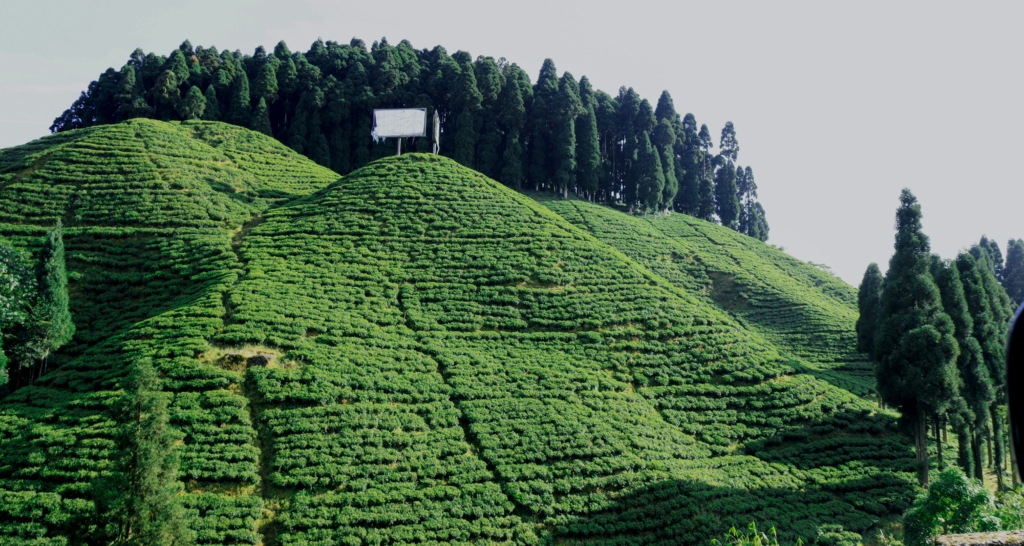
In this Blog
Unveiling the Magic of Darjeeling
Darjeeling, often referred to as the “Queen of the Hills,” is a picturesque town that offers more than just breathtaking views. It’s a magical land where the tea gardens stretch endlessly, and every corner holds a story waiting to be discovered. But the most famous attractions are undoubtedly the various Darjeeling tea plantations. Here you can witness the meticulous process of tea making, stroll through its lushness, and also opt for guided tours! Darjeeling in monsoon is also a spectacle worth witnessing – with the perfect weather that compliments its tea-filled hills, each Darjeeling tourist spot offers a unique glimpse into the region’s culture, heritage, and way of living, making the trip even more enriching.
For those interested in Darjeeling sightseeing, the town offers panoramic views of the Kanchenjunga range, lush green valleys, and colonial-era architecture. These sights, combined with the charm of the tea plantations, make Darjeeling a must-visit destination. As you unveil the magic of Darjeeling, remember that each moment spent in this enchanting town is a story in itself. From sipping tea at a local café to exploring the best places to visit in Darjeeling, every experience adds to the allure of this Himalayan gem.
Darjeeling Tea Plantations: A Sip of Paradise
Darjeeling’s tea plantations are like rolls of green carpet spread across the slopes of the Himalayas, offering a breathtaking spectacle for every traveller that plans a trip to Darjeeling. It’s as refreshing to the eye as the tea this town produces. The rhythmic plucking of tea leaves, the aroma of freshly crushed leaves, and the serene ambiance at any tea garden in Darjeeling create an experience that lingers long after you leave.
So, let’s look into a list of tea gardens in Darjeeling to explore:
1. Happy Valley Tea Estate
Just a short drive from the town, Happy Valley Tea Estate is one of the oldest and most famous tea gardens in Darjeeling. Established in 1854, this plantation offers guided tours that take you through the entire tea-making process, from plucking to packaging. The estate’s picturesque setting and its proximity to the town make it a must-visit. Don’t forget to visit the estate’s tea tasting room to savour some of the finest teas.
2. Glenburn Tea Estate
A paradise for tea lovers and nature enthusiasts alike, Glenburn Tea Estate is a charming retreat situated on a hillock overlooking the Kanchenjunga mountain range. Founded in 1859, this plantation is known for its luxurious accommodations and immersive tea experiences. Guests can enjoy guided walks through the tea fields, participate in tea-tasting sessions, and learn about the intricate process of tea cultivation. Glenburn’s scenic beauty and serene ambiance make it a perfect spot for relaxation.
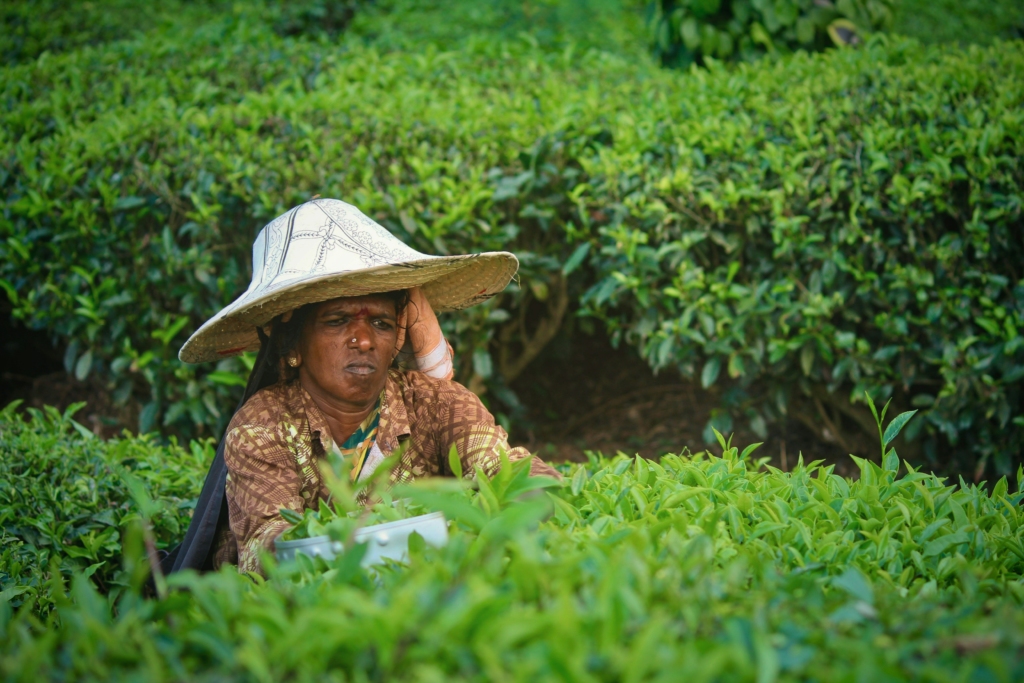
3. Makaibari Tea Estate
Renowned for its commitment to organic and sustainable farming, Makaibari Tea Estate is one of the most celebrated tea plantations in Darjeeling. Established in 1859, Makaibari is not just about tea; it’s about community and sustainability. Visitors can explore the lush tea gardens, visit the factory to see the traditional methods of tea production, and even stay in homestays within the estate. Makaibari’s dedication to preserving the environment and its vibrant community makes it a unique destination.
4. Margaret’s Hope Tea Estate
With its enchanting name and equally enchanting landscapes, Margaret’s Hope Tea Estate is a jewel among Darjeeling’s tea gardens. Established in 1864, this estate offers stunning views and a rich history. Legend has it that the estate was named after the owner’s daughter, who fell in love with the place but tragically passed away before she could return. The tea produced here is known for its unique flavour, and a visit to Margaret’s Hope provides a glimpse into the estate’s storied past.
5. Risheehat Tea Estate
Situated at an altitude ranging from 2,500 to 4,800 feet, Risheehat Tea Estate offers breathtaking views and high-quality teas. The estate, established in 1859, is renowned for its organic teas and sustainable practices. A visit to Risheehat includes guided tours through the tea gardens, interactions with local tea pluckers, and tea-tasting sessions. The serene environment and the estate’s commitment to quality make it a favorite among tea connoisseurs.
6. Chamong Tea Estate
Chamong Tea Estate, one of the largest tea estates in Darjeeling, offers a perfect blend of tradition and modernity. Established in 1871, Chamong is known for its eco-friendly practices and high-quality teas. Visitors can enjoy guided tours that provide insights into the estate’s history, tea production process, and sustainable initiatives. The estate’s scenic beauty and rich biodiversity add to the charm of the visit.
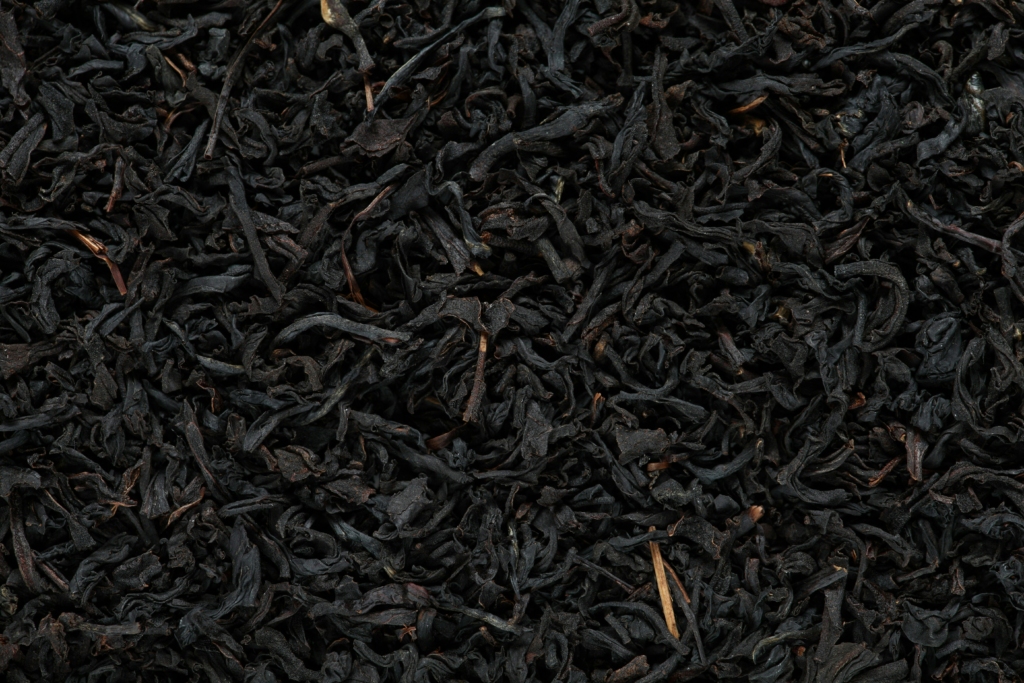
If you are planning a trip to Darjeeling and Sikkim, have a swift peek into this blog, to know more about tea plantations and accommodation options.
Different Types of Tea in Darjeeling: A Connoisseur’s Guide
Darjeeling, with its unique geographical location and the Darjeeling tea plantations nestled at high altitudes, produce some of the finest teas in the world. This region’s distinctive terroir, characterised by its rich soil, abundant rainfall, and cool climate, contributes to the exceptional flavor profile of its teas. The Darjeeling altitude plays a crucial role in determining the taste of the tea. Teas grown at higher elevations tend to be lighter and more delicate, while those from lower altitudes often have a bolder flavor.
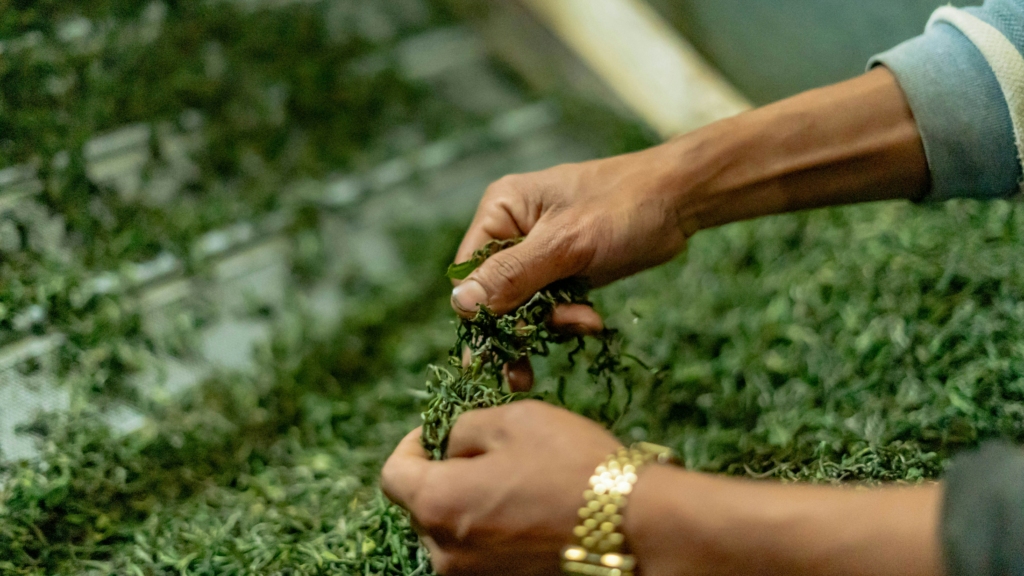
Darjeeling offers a variety of tea types to suit every palate. Here’s a quick guide:
– First Flush: Harvested in spring, First Flush teas are prized for their delicate aroma, bright golden color, and floral notes. They are often described as having a muscatel or champagne-like flavor.
– Second Flush: Produced in summer, Second Flush teas are bolder and richer than First Flush, with a stronger body and a hint of spice. They are known for their coppery color and malty undertones.
– Autumnal Flush: Harvested in autumn, Autumnal Flush teas are full-bodied and robust, with a darker color and a pronounced malty character. They are often blended with other teas to create unique flavor profiles.
– Winter Flush: A rare and highly sought-after variety, Winter Flush teas are produced during the winter months. They are characterized by their strength, complexity, and distinctive smoky flavor.
Whether you prefer the delicate elegance of First Flush or the robust character of Autumnal Flush, Darjeeling offers tea for every occasion. So, the next time you savour a cup of Darjeeling tea, take a moment to appreciate the craftsmanship and the unique terroir that contribute to its exceptional taste.
Homestays in Darjeeling: Your Home Away From Home
Imagine waking up to a breathtaking view of the Himalayas, the gentle aroma of freshly brewed Darjeeling tea wafting through your room, and the sounds of nature creating a soothing symphony. This is the magic of homestays in Darjeeling. Unlike impersonal hotels, homestays offer a warm and personalised experience. Immerse yourself in the local culture, savour authentic home-cooked meals, and enjoy the company of friendly hosts.
If you’re looking for something more luxurious, consider villas in Darjeeling by StayVista. Our exquisite villas offer stunning views, world-class amenities, and impeccable service. You can indulge in some delicious meals, and explore the beauty of Darjeeling at your own pace.
1. Treetops and Tea Trails
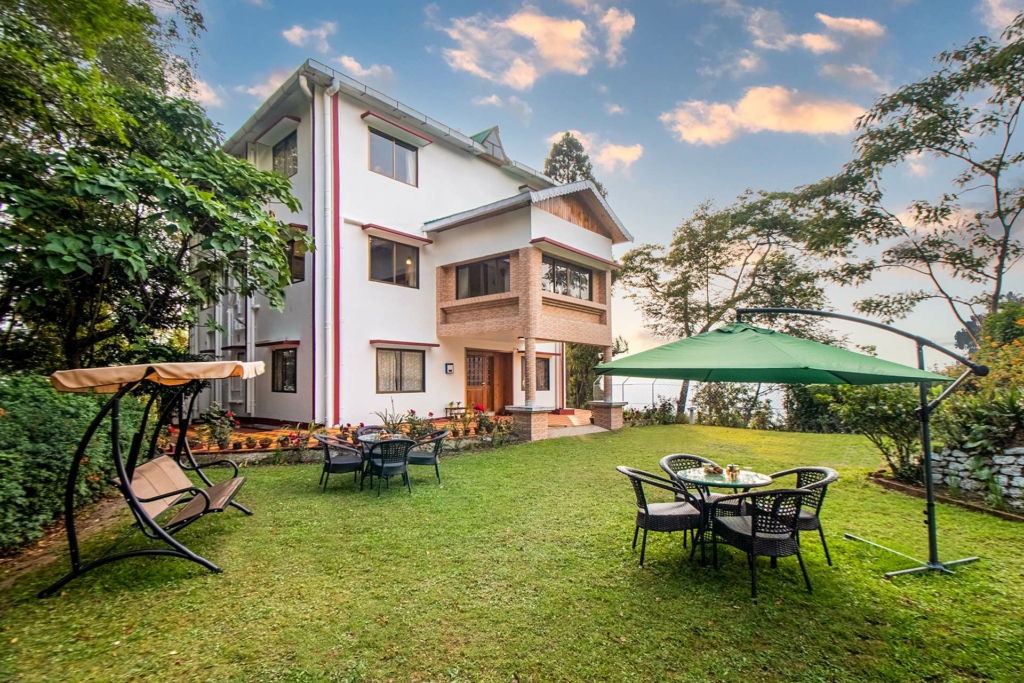
2. Forktail House
However, for tea enthusiasts, staying in a tea plantation homestay is a dream come true. Imagine sipping your morning tea while overlooking endless rows of tea bushes, or taking a guided tour of the plantation to learn about the tea-making process. It’s an experience that will leave you refreshed and rejuvenated.
While planning your trip, remember that the Darjeeling trip cost can vary depending on your accommodation choices, transportation, and activities. Homestays offer a more budget-friendly option compared to luxury hotels, allowing you to enjoy the best of Darjeeling without breaking the bank.
Planning Your Darjeeling Escape: Essential Tips
Darjeeling is a magical place, and planning your escape to this hill station requires a bit of preparation. To make the most of your trip, consider these essential tips:
Choose the Right Time: The best time to visit Darjeeling depends on your preferences. Spring offers pleasant weather and stunning views, while autumn brings clear skies and comfortable temperatures. If you’re an adventure enthusiast, summer’s lush greenery might appeal, but be prepared for rain.
Accommodation Matters: Immerse yourself in the charm of Darjeeling by staying in a homestay nestled amidst the Darjeeling tea plantations. For a touch of luxury, consider StayVista Villas in Darjeeling with breathtaking views.
Explore Beyond the Tea Gardens: While the Darjeeling tea plantations are a must-visit, Darjeeling offers much more. Take a ride on the iconic toy train of Darjeeling for a nostalgic experience. Explore places to visit in Darjeeling like Tiger Hill for sunrise, Batasia Loop for panoramic views, and the Himalayan Mountaineering Institute.
Pack Smart: Layer your clothing as the temperature can fluctuate. Comfortable walking shoes are essential for exploring the hills. Don’t forget your camera to capture the beauty of the Darjeeling altitude and the lush greenery.
Budget Wisely: This town can be a budget-friendly destination, especially if you opt for homestays and local transportation. However, luxury accommodations and guided tours can increase your Darjeeling trip cost. Plan accordingly.
With careful planning, your Darjeeling escape promises to be an unforgettable adventure. Immerse yourself in the beauty of the hills, savor the finest Darjeeling tea, and create memories that will last a lifetime.
FAQS
There are a total of 87 tea gardens in Darjeeling.
Assam and Darjeeling are both renowned for producing exceptional teas, but they offer distinct flavor profiles. Assam tea is known for its bold, malty flavor and rich, copper color. Grown in the plains of Assam, it’s often enjoyed with milk and sugar. Darjeeling tea, on the other hand, is celebrated for its delicate, floral notes and bright, golden color. Grown in the higher altitudes, the tea of Darjeeling tea plantations, is often enjoyed without milk or sugar to appreciate its nuanced flavour. Ultimately, the “better” tea depends on your personal preference.
Darjeeling in August continues to experience monsoon showers, with temperatures ranging from approximately 19.1C to 23.7C. darjeeling tea plantations look especially lush and green during this time, making it a beautiful sight to behold.
March to May is considered the peak season and the best time to visit Darjeeling due to pleasant weather, clear skies, and blooming flowers. It’s ideal for sightseeing and enjoying outdoor activities.





